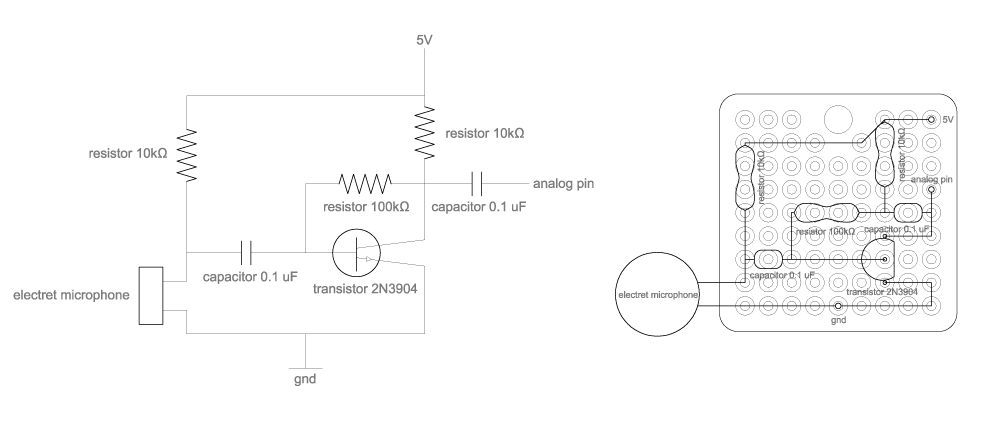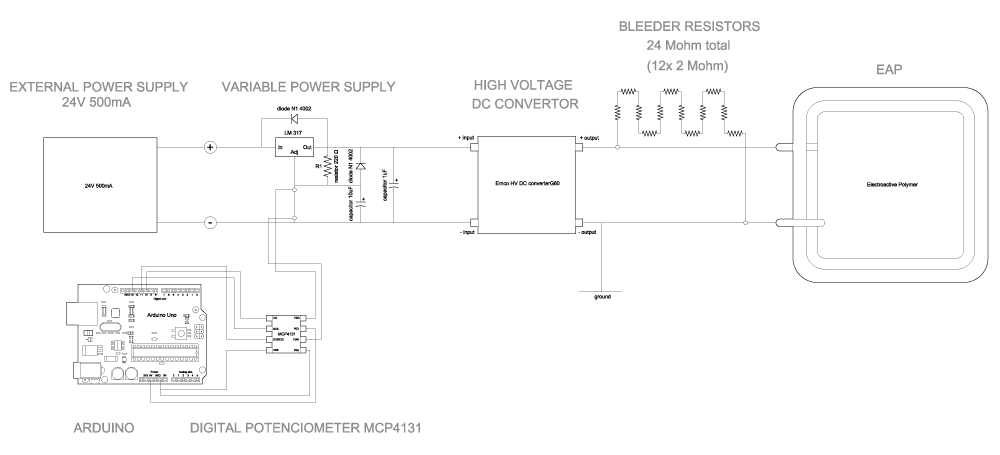
Could the phantom electricity load provide enough power to actuate the system of polymer actuators? Can this system become a parasitic consumer of the phantom electricity and can its behavior reflect the intensity of the leaking electricity?
Phantom load, or leaking electricity (“phantom load” and “leaking electricity” are defined technical terms with other meanings, adopted for this different purpose), refers to the electric power consumed by electronic and electrical appliances while they are switched off (but are designed to draw some power) or in a standbymode. This only occurs because some devices claimed to be “switched off” on the electronic interface, but are in a different state from switching off from the plug, or disconnecting from the plug, which can solve the problem of standby power completely. In fact, switching off at the plug is effective enough, there is no need to disconnect all devices from the plug. Some such devices offer remote controls and digital clock features to the user, while other devices, such as power adapters for disconnected electronic devices, consume power without offering any features (sometimes called no-load power). All of the above examples, such as the remote control, digital clock functions and, in the case of adapters, no-load power, are switched off just by switching off at the plug.
Pages
Categories
Archives














